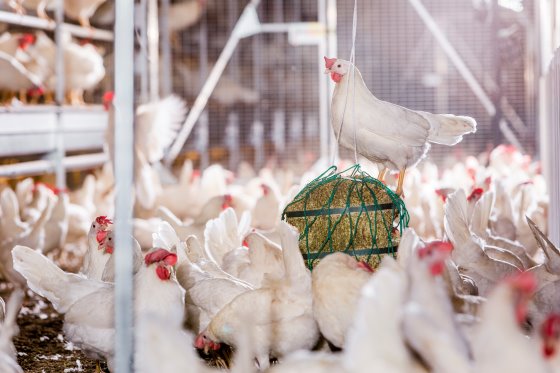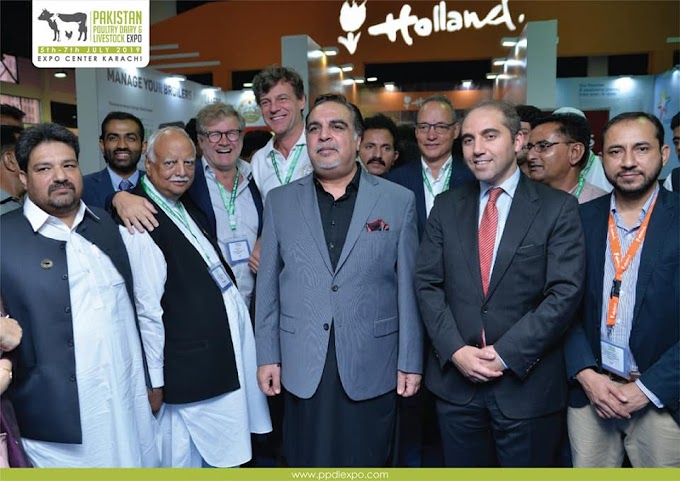The unique aspect of selecting for the best genetic potential is that consumer needs have to be anticipated well in advance because of the time taken to express the selected traits in offspring. Director of research and development for Hendrix Genetics Layers Frans van Sambeek explains how the geneticists at Hendrix Genetics have planned for this demand for birds well suited to cage free systems using state-of-the art technology and group selection based on field tests.
Longer production cycles
“Lengthening the production cycle for the hen is not only more efficient, but providing birds with better livability is important for today’s animal welfare standards. The Hendrix Genetics Layer division has been evaluating pure line performance for up to 100 weeks of age since 2008. The extended production cycle adopted in our pure line and field tests is the real key to realising our mission to breed layers capable of laying 500 first quality eggs per cycle. We have learned from past observations that the birds that produce the best eggs up to 60 weeks are not always the birds that also produce the best eggs at an older age.
Judging a flock on peak performance figures in the middle of a cycle is a natural instinct for many farmers but it often leads to an underestimate in the total number of eggs produced. To get an accurate picture, it’s vital to measure performance right to the end of a flock’s life. Directing the breeding program with this objective in mind has led to more efficiency and suits the direction of the US and European egg market.
In addition to egg production, egg quality, livability and adaptability are important traits to select for in the breed suitable for an alternative housing system. Because of the need to measure behaviour in all environments, the Gallus Futurus project was established.
The Gallus Futurus project
The Gallus Futurus ('bird of the future') project was initiated to research and develop a breeding system to make use of data collected in alternative housing systems. Testing the breeds in these real world environments is crucial in order to get the most accurate information on behaviour. Hendrix operates seven research farms across the world under this program and collaborates with two respected academic institutes, INRA in France and Wageningen University in the Netherlands.
Gallus Futurus focuses on egg production and egg quality as well as behavioural traits, through the use of video recording and behaviour tests. A major step in this area of research is a large facility in France where a floor system is created and data is collected from different crosses to compare docility and aggressive behaviours. Robustness and versatility traits are the focus in terms of production, feathering and mortality. Under test conditions, the house is divided into two, creating a control group and test group to measure reactions to various test conditions, such as feed and temperature stress. These results are then used to select the birds with the ideal traits to thrive under an alternative environment.
Investment in technologyIn a cage free system, certain behaviours have become more important, such as nest acceptance in order to reduce the amount of floor eggs. Recent innovations include the design of an automatic nest to monitor and record production in groups, the occurrence of floor eggs, and measure how long each individual bird stays on the nest. Radio Frequency Identification Tags (RFID) and antennae are also used to provide data which is then analysed by software developed in-house.
Genomic selection
Perhaps the most important tool still in its infancy in the field is genomic selection. Adoption and investment in this technology will translate to increased genetic progress at a faster rate. Genotyping allows for more accurate breeding values at a much earlier age. For example, full brothers of same parents would naturally be expected to have the same breeding values – genotyping can make a difference earlier in the life of these brothers, before phenotypic data becomes available. This can be used to select the best bird. It is able to distinguish between full sibling brothers, indicating which male has the best genes for all important economic traits, including egg quality and persistency.
Perhaps the most important tool still in its infancy in the field is genomic selection. Adoption and investment in this technology will translate to increased genetic progress at a faster rate. Genotyping allows for more accurate breeding values at a much earlier age. For example, full brothers of same parents would naturally be expected to have the same breeding values – genotyping can make a difference earlier in the life of these brothers, before phenotypic data becomes available. This can be used to select the best bird. It is able to distinguish between full sibling brothers, indicating which male has the best genes for all important economic traits, including egg quality and persistency.
In relation to a cage free environment, genomic selection can make selection decisions faster and more effectively to produce birds that will adapt well to new environments, have a good feed conversion efficiency, and have a strong skeletal structure.
Investment in this technology has already allowed geneticists to make important discoveries in selection traits, and this is only the beginning in truly understanding the impact that can be made in a short period of time. The use of this technology takes careful deliberation since all efforts must be made to keep as much variability in the lines as possible. This is why collaboration with the most educated minds in the world is important to make sure the correct decisions are made.
Our role as distributors of genetic material is to ensure we are listening to the needs of the customer and make informed predictions on future needs of the market. With strong research and development at the core and a collaborative approach, our focus continues to ensure success for our egg producers at every stage of the value chain. “
Investment in this technology has already allowed geneticists to make important discoveries in selection traits, and this is only the beginning in truly understanding the impact that can be made in a short period of time. The use of this technology takes careful deliberation since all efforts must be made to keep as much variability in the lines as possible. This is why collaboration with the most educated minds in the world is important to make sure the correct decisions are made.
Our role as distributors of genetic material is to ensure we are listening to the needs of the customer and make informed predictions on future needs of the market. With strong research and development at the core and a collaborative approach, our focus continues to ensure success for our egg producers at every stage of the value chain. “













0 Comments